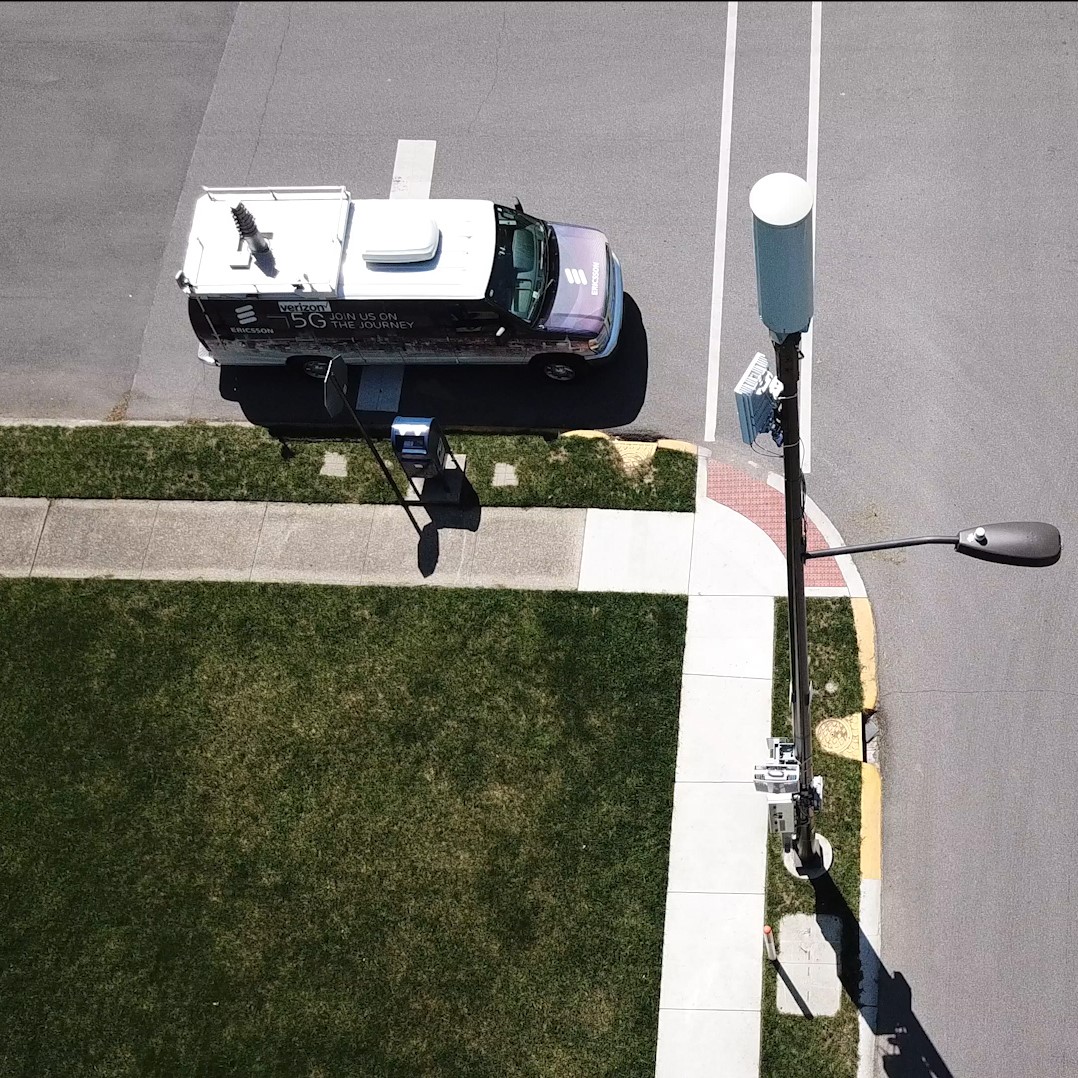Verizon and Ericsson have agreed on an $8.3 billion deal to broaden the carrier’s 5G footprint. The multi-year deal includes Massive MIMO C-band, low-band and millimeter wave (mmWave) solutions, spectrum sharing and Cloud RAN elements of the Ericsson Radio System portfolio.
“With this new agreement, we will be able to continue driving innovation and widespread adoption of 5G,” Verizon CTO Kyle Malady said in a press release about the Verizon Ericsson deal. “We are pleased to continue this work through our long-standing relationship with Ericsson.”
The companies did not lay out an implementation timeline, the length of the contract or other details.
Carriers had different guiding strategies and approached 5G rollouts accordingly. T-Mobile, for instance, initially used low-band spectrum, which provides speed and performance increments over LTE that are significant but not earth shattering. The upside, however, is that these frequencies propagate farther and have much larger footprints.
The company subsequently deployed 5G using mid-band spectrum it obtained with its Sprint merger and has been able to boost speeds considerably.
Verizon initially took the opposite approach with a focus on high-frequency spectrum. Its 5G Ultra Wideband network offers much faster speeds – but in much smaller footprints. More recently the company won mid-band spectrum in the C-band auction, which it expects to begin deploying by next year. The Ericsson contract appears to be a key element underlying those plans.
In its July report – released earlier this week – Opensignal found that Verizon customers use 5G only 10.5% of the time. Conversely, T-Mobile customers are on 5G more than three times as much (36.3%) and AT&T more than double (22.5%). The same trend was seen in the related “reach” category: T-Mobile scored 7.1 on a ten-point system, AT&T scored 5.5 and Verizon only 3.0.
Not surprisingly, results in categories that emphasize speed favor Verizon. For instance, Verizon (along with AT&T) scored higher than T-Mobile in the video experience category and higher than both in the 5G games experience. The gap between Verizon and the other two is less, simply because the slower versions of 5G – and even LTE – are capable of adequate video and game performance.


